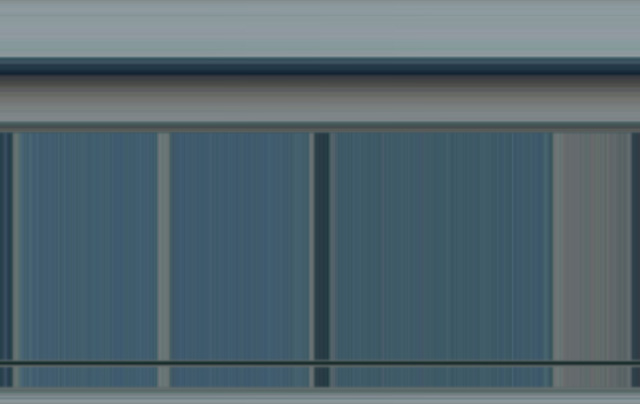

To create the final bump map, the mortar lines are combined with the flat shades of whole rocks, and a high contrast black and white image of the wall. Using the Magic Wand on the layer that has the mortar lines, you can quickly select whole stones and color them different shades of gray. To continue to achieve a sophisticated and accurate bump or displacement effect, some rocks need to appear that they are slightly further out on the wall than others. In Photoshop, create a new layer and quickly paint black lines wherever there is mortar. This will give the effect that the mortar is deeper into the wall than the stones We will also make a specular map.įor the bump (or displacement) map, the lines for the mortar need to be created by hand. For example, in one step you can make different resolutions textures for all your maps: 128x128 and a high res one for close-ups, 1024x1024.įor the stone wall texture we need a bump map to give the appearance that the stones stick out from the mortar. This keeps all your files organized, and it is easy to make updates.

Once the color map is complete, additional needed maps can be created as layers in Photoshop. 1024 x1024.Ĭreating tileable textures is very important to fast and successful renders It can also be wise to create two sizes: one for far away shots, ie.64圆4 and one for close-ups i.e. When selecting what size texture to create, take into consideration how large it will be displayed in the scene. If the texture is small, but it will be rendered to fill the entire scene, it will display pixel artifacts. If it is large, but will rendered small in the scene, then the computer is wasting a lot of cycles just throwing away data it doesn't need. Bitmap textures are usually square, 256 x 256, but they can also be rectangular, 128 x 512. If you spend the time to create good textures, you will slowly create an excellent library that you can use for many projects.įollowing are a number of examples and tips for making good textures that seamlessly tile.īitmap textures are loaded into RAM, both for 3D animation programs and for video games, and its a good habit to start creating bitmap textures in specific sizes that relate to the "powers of 2" ( 2, 4, 8, 16, 32, 64, 128, 256, 512, 1024). Also, textures can be used over and over. Many times, they will speed up your render times - meaning that the time you spend in Photoshop creating correct color, bump, transparency, reflection and/or specular maps, is well worth it. Using bitmap textures that you have created from photography, drawing, painting or collage, gives you much more creative and technical control over how your renders will look. It is not intended to be a stand alone tutorial. This page is designed as a supplement to lectures. Bitmap Texturing 1 ART 484 - Creating Bitmap Textures in Photoshop


 0 kommentar(er)
0 kommentar(er)
